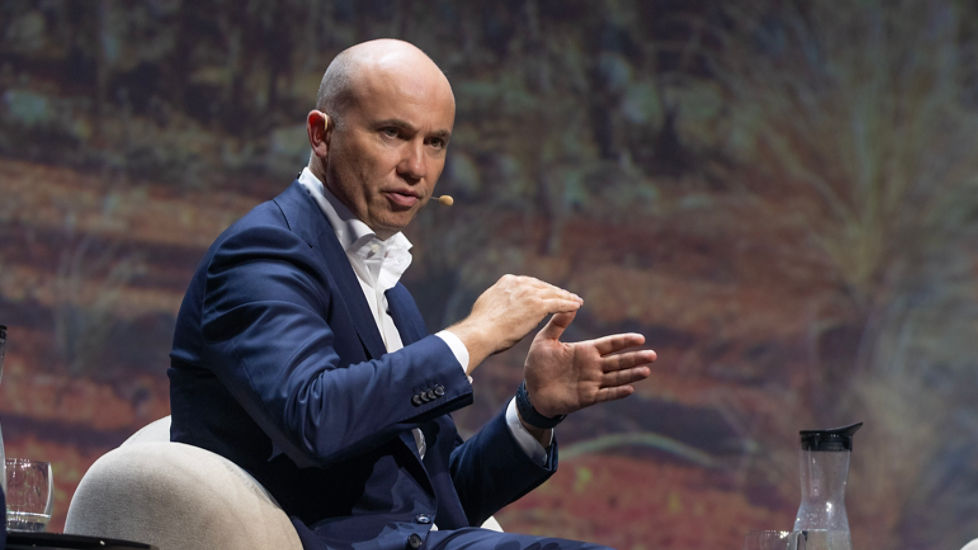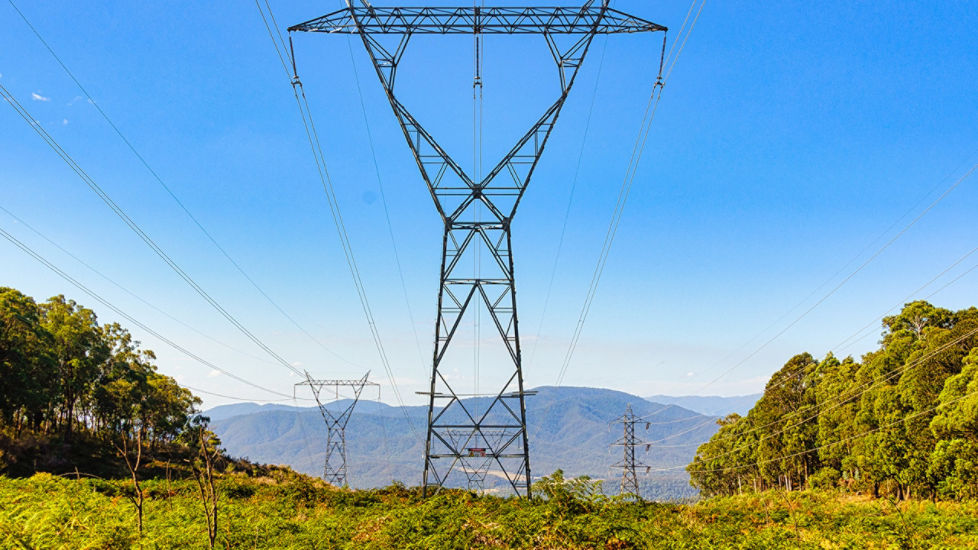Australian households are feeling the strain as supermarket bills climb, but few price hikes at the shops can compare to the cost of beef.
“You may be wondering why the price of beef in my weekly shop is going up,” said CommBank Agribusiness Economist Dennis Voznesenski. “It’s not so much grounded in what’s happening in Australia. More so it’s what’s happening overseas and especially in America.”
Export demand and global dynamics
“The US has a multi-decade low cattle herd and their import options are constrained,” said Voznesenski.
“Not only are they struggling to get more beef from the North American market, but due to the trade war, they also face steep tariffs on Brazilian beef.”
US President Donald Trump recently rolled back reciprocal tariffs on a range of imported food products, including beef, coffee, bananas and tomatoes, in response to American consumers’ complaints about high cost of living pressures. But while some Brazilian products, like orange juice, have benefitted from the rollback, the White House has kept a 40 per cent tariff on Brazilian imports.
With Brazilian beef imports under steep tariffs, America has bought heavily from Australia, New Zealand and Uruguay to meet its beef needs, Voznesenski said.
Because Australia has an export-oriented agricultural industry, when export demand rises, it pushes local prices higher,” Voznesenski added.





